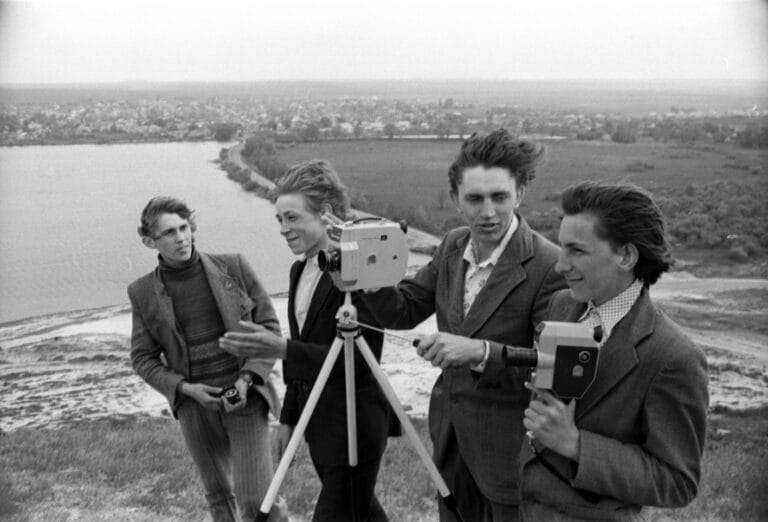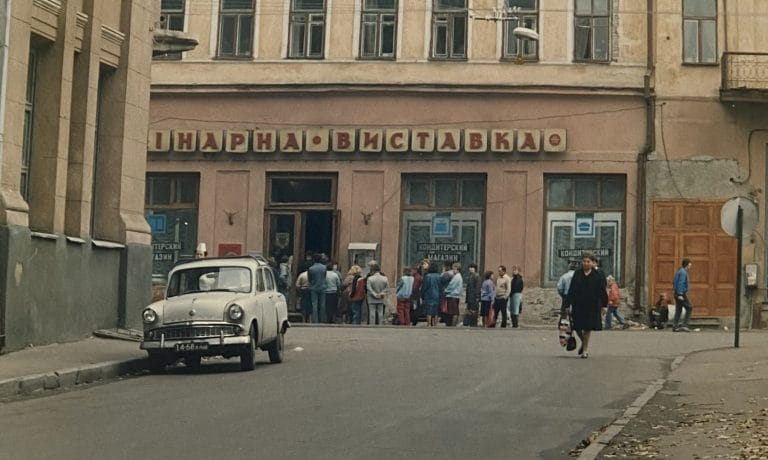Infrastructure
The concept of infrastructure is central to understanding modernization and modernity, therefore it is also essential to understanding the development and history of complex societies. Infrastructure includes activities that build connections between groups of people, or are involved in productive human activity (e.g. railroads, civil infrastructure), which historically has drawn people together and into interaction and allowed society to function cohesively. The earliest examples of urban infrastructure projects were roads or infrastructure involved in supplying water, and contemporary cities and their infrastructure are still confronted with issues of electrification, sanitation, and sewage. This theme is relevant to urban history because advancements in new public infrastructure are often correlated to the social development of a society or civilization. We are interested in gathering materials related to the history of urban transport or inter-urban communication, such as railways. Our Platform’s modules and resources on the history of sewerage, electrification, and cyberization of cities in East-Central Europe can offer insights into the development of the current concepts of smart cities or creative ways of urban management.
Primary Sources
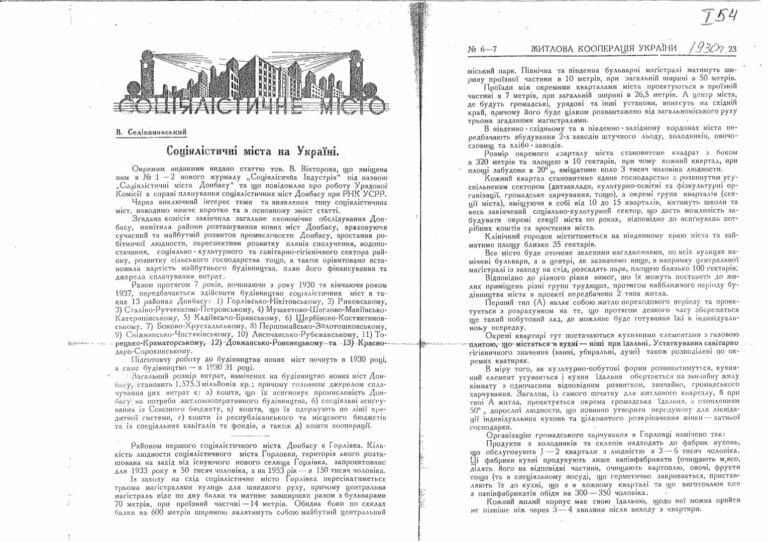

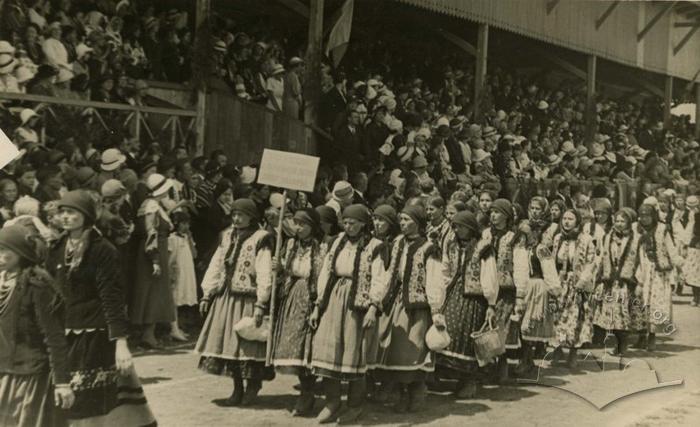
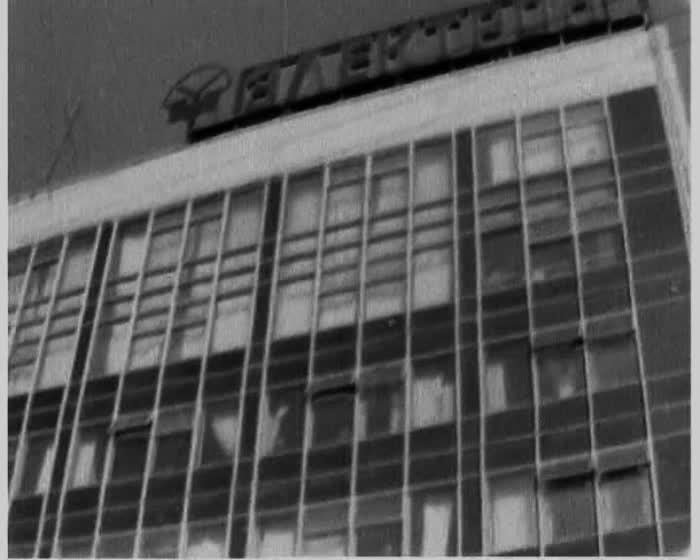
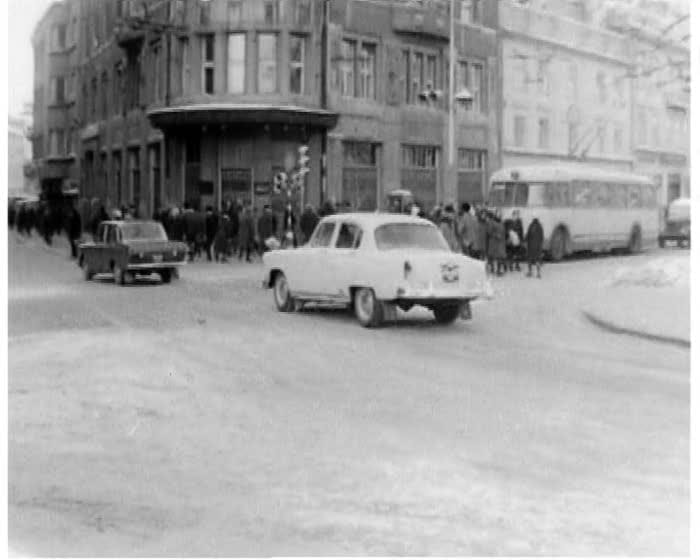
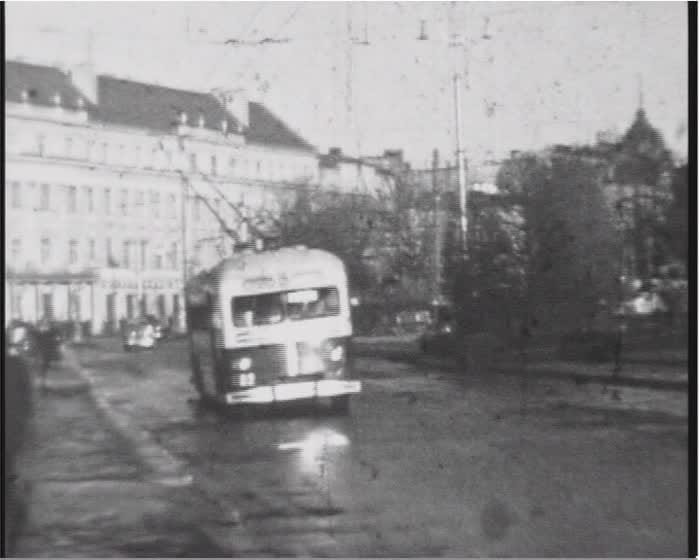
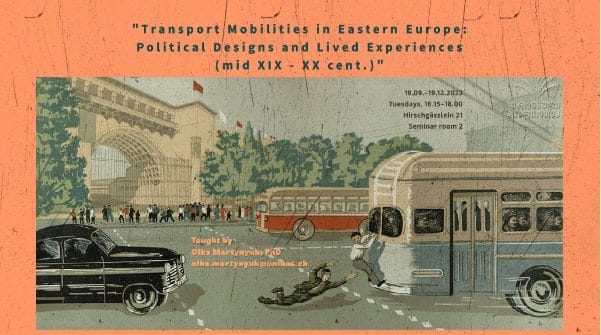 Transport Mobility in Eastern Europe: Political Designs and Lived Experiences (mid XIX – XX Century)
Transport Mobility in Eastern Europe: Political Designs and Lived Experiences (mid XIX – XX Century)

